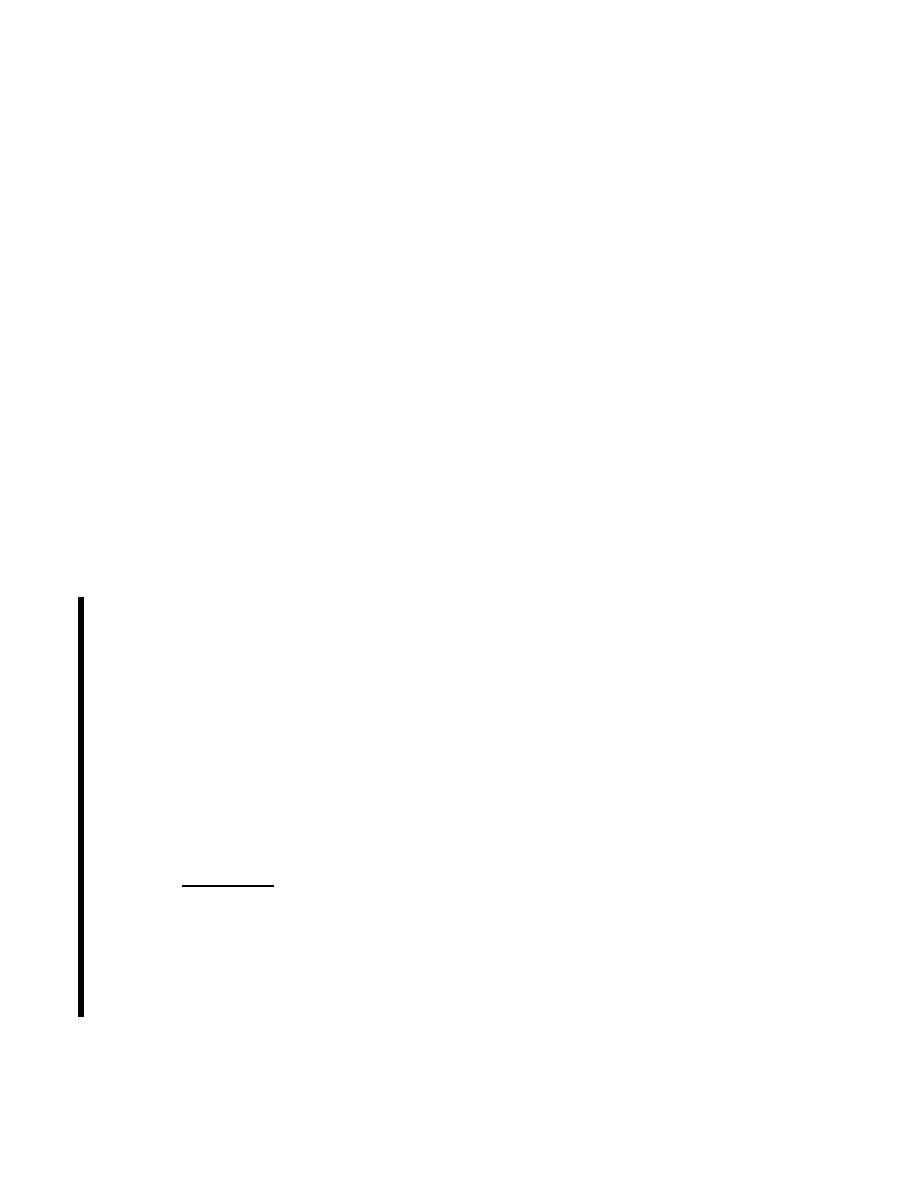
| Tweet |

Custom Search
|
|

|
||
 TM 55-1905-223-10
1-44. Doors, Hatches and Scuttles. Doors, hatches and scuttles provide access to spaces of either
privacy, security or watertight/firetight integrity. Interior doors primarily provide access between above
main deck interior spaces where security or watertight integrity is not a concern. Watertight doors provide
access to interior spaces from weather spaces and to compartments where watertight integrity is a
requirement. Hatches provide access to below main deck areas. Hatches offer watertight integrity when
closed and dogged. When open, hatches allow transfer of equipment and personnel between decks.
Scuttles provide emergency or restricted access to below deck engineering spaces. Dogged watertight
doors are fitted tot he bulkheads at each end of the tunnel. Flush access hatches are used on the cargo
deck.
1-45. Workboats/Liferafts. The workboat functions as the utility small craft for operations such as sea
rescue and personnel transport. The rigid, inflatable workboat has a 40-horsepower outboard motor. It is
deployed and retrieved with an electrical winch crane. The electrical winch operates off ships power at
230 VAC, three-phase, 60 Hz. The unit is capable of 360 noncontinuous rotation. A hand crank is
provided for manual slewing. The liferafts are designed for compact storage aboard ship and for quick
inflation when necessary to abandon ship or for use in other emergencies. The liferaft is inflated by
pulling on the "Automatic Painter". The liferaft release mechanism will automatically actuate if the ship
sinks, due to pressure at 15 to 20 feet. The container is inherently buoyant and floats to the surface.
1-46. Airports, Fixed Lights and Windows. All glass onboard the LCU is heat treated and readily
replaceable aboard ship. All windows, airports, fixed lights in exterior doors, glass doors and panels
(except pilothouse windows which cause light to reflect on the structure) are provided with deadlight
covers, light excluding shades, lined drapes or other devices. Removable insert screens are provided for
all air ports. Screens are designed to insert into the air ports from outside and fit air port dogs. The
complete assembly is readily removable from the air port. Pilothouse front windows are slanted inward at
the bottom for protection against glare.
1-47. Description of FM-200. FM-200 (1,1,1,2,3,3,3) Heptafluoropropane is a compound of Carbon,
suppresses fire by a combination of chemical and physical mechanisms without affecting the available
oxygen. FM-200 is clean, leaves no residue, thereby eliminating costly after-fire clean-up, and keeping
"down time" to a minimum. FM-200 is stored in steel containers, at 360 PSIG, 70F (25 bars at 21C), as
a liquid, with Nitrogen added to improve the discharge characteristics. When discharged, the FM-200
liquid vaporizes at the discharge nozzles and is uniformly distributed as it enters the fire area. FM-200 is
approved for total flooding fire extinguishing applications in occupied spaces by the Environmental
Protection Agency (EPA) and appears on the Significant New Alternatives Policy (SNAP) list of
acceptable substitutes for ozone depleting substances. FM-200 is also on the clean halocarbon fire
extinguishing agents listed in the National Fire Protection Agency (NFPA) 2001 Standard, Clean Agent
Fire Extinguishing Systems and is approved for marine application by the US Coast Guard (USCG).
The FM-200 Total Flooding Fire Extinguishing Systems on LCU-2K consists of five (5) manually actuated
systems.
a. Engine Room. This manually actuated system is designed and installed to protect the Engine
Room and bilge (3-25-0-E), Frames 25 to 44. The physical location of this system, less FM-200
distribution piping and nozzles, Electric Horn/Strobe, and Warning Lights (Amber Strobe), is
installed outside of the protected space. Two (2) each 600 pound cylinders and supporting
components, installed on the forward bulkhead, Frame 42 1/2, A/C and Emergency Generator
Room (1-43-0-E), provide protection for the Engine Room and bilge. One (1) each 350 pound
cylinder and supporting components, installed on the 7'0" off centerline longitudinal bulkhead,
Starboard side, Frames 23 to 24, Tunnel (3-17-0-Q), provide protection for the Forward Engine
Room (MCC/Storeroom/Machine shop areas) and bilges.
1-182
Change 10
|
||
 |
||